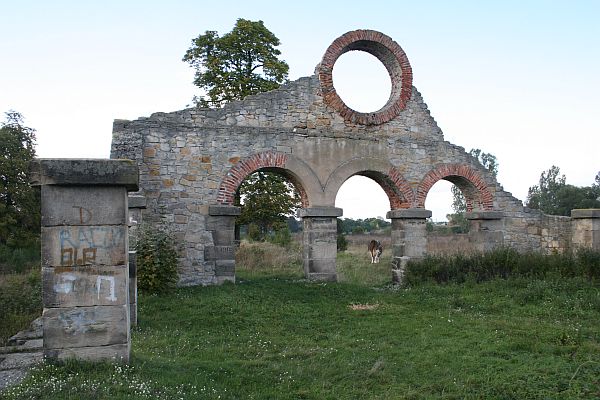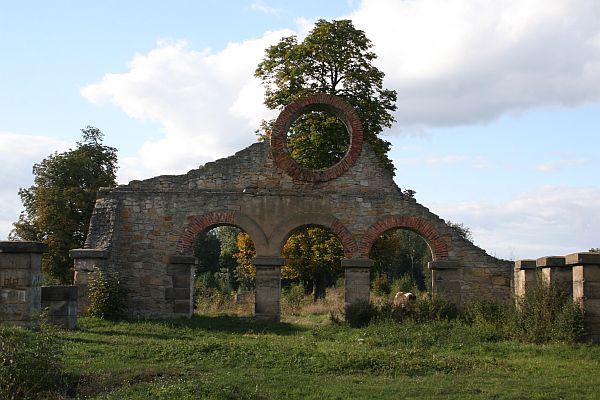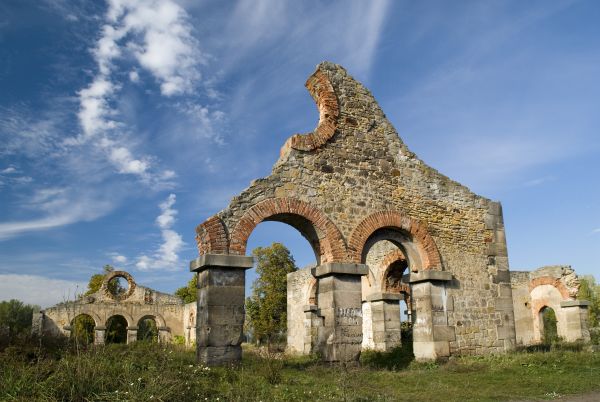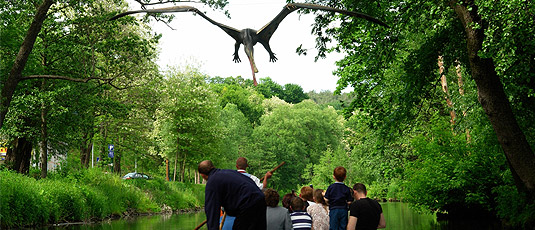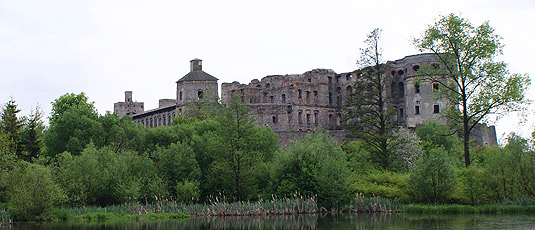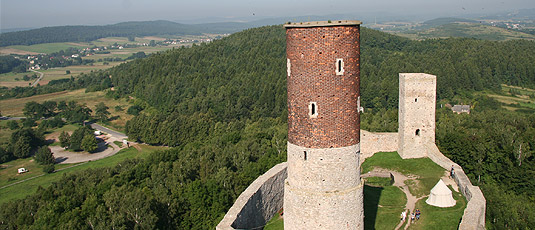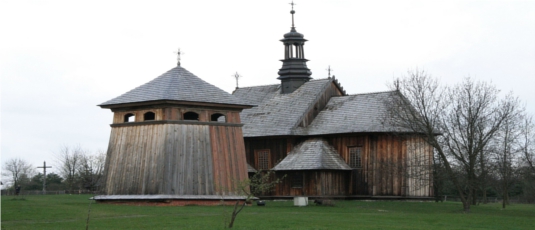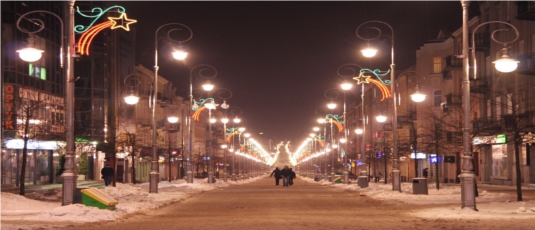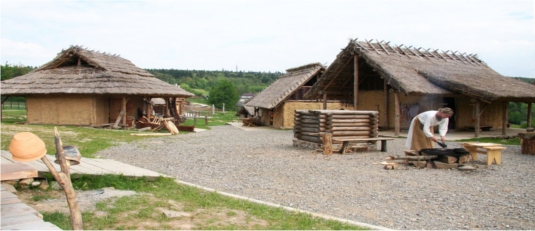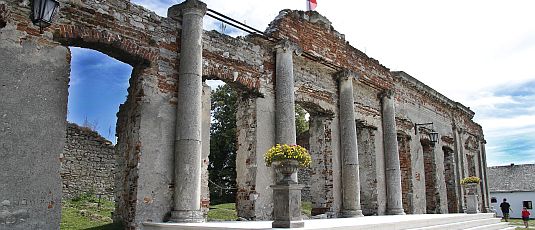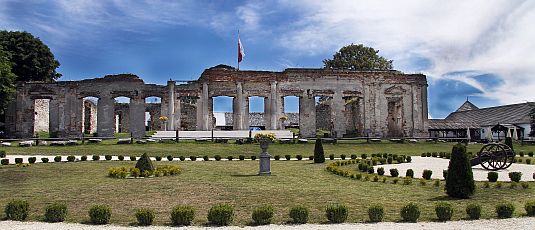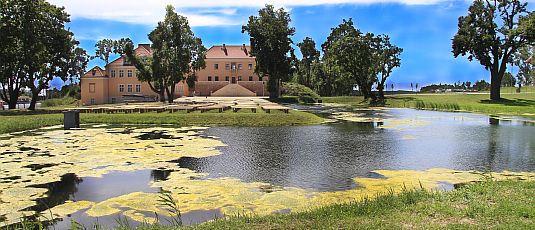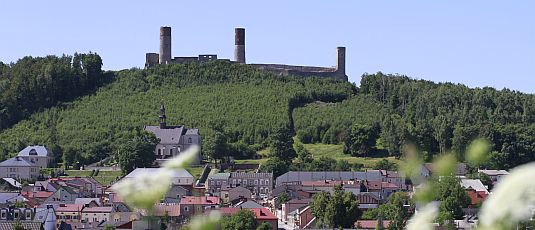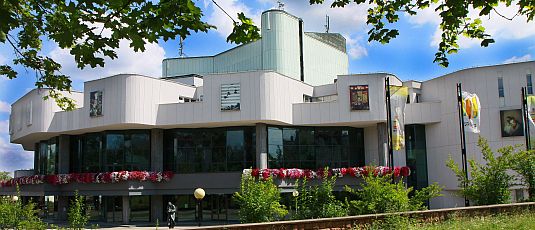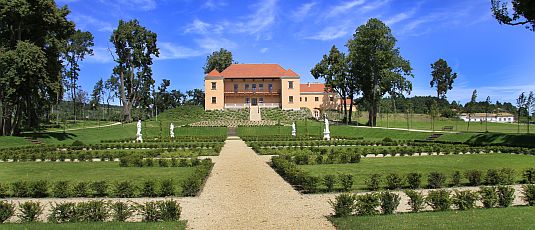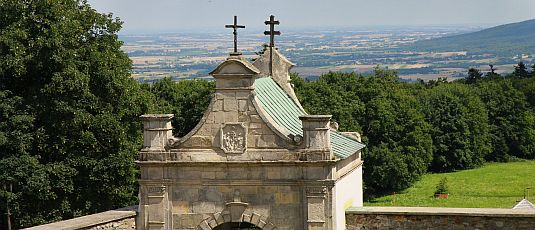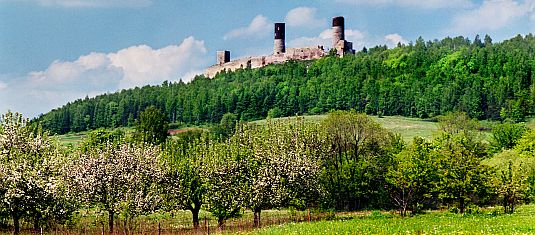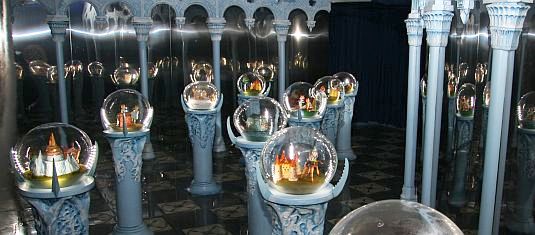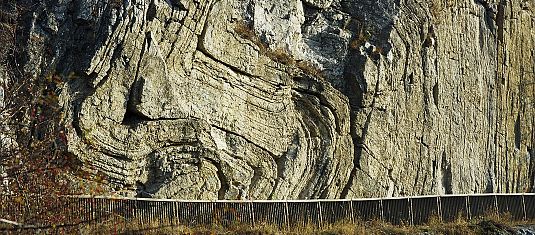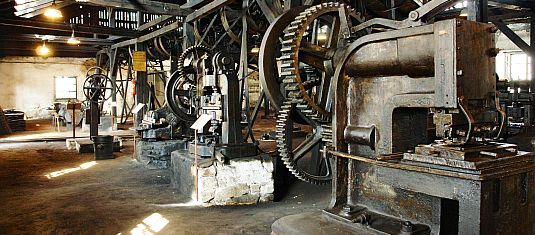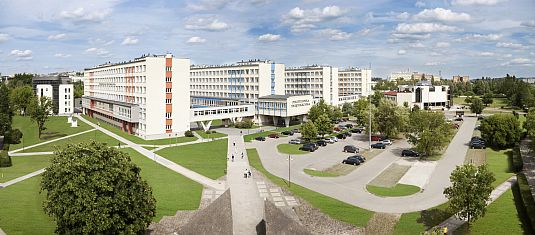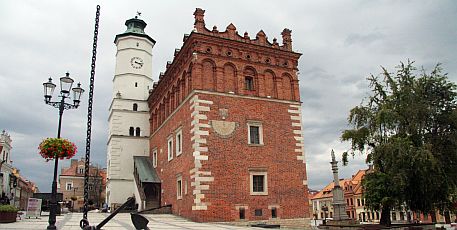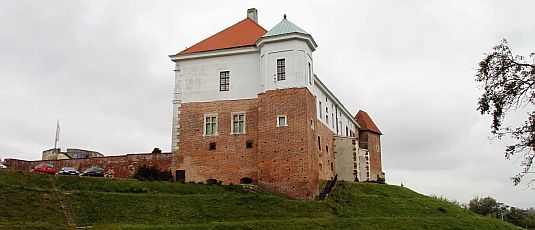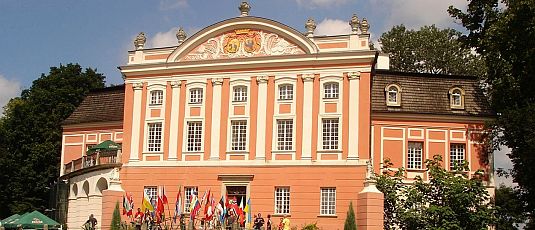One of the most valuable monuments of the Old-Polish Industrial Region
The ruins of a rolling mill for fine rolled sections and metal plates in Nietulisko Duże are the remains of the last section of the, so called, Starachowice industrial complex. The mill, built between 1834 and 1836, was a precisely designed urban site with an industrial settlement and water system. It included a rolling mill, 2 dryers, a storehouse, a scale, a shed, an administration building, a stable and 36 for the workers and management.
The rolling mill in Nietulisko processed mostly the ores from Brodów and Michałów. It expanded due to the Stanisław Staszic’s plan from 1816, concerning development of ironworks on the territory of the Kingdom of Poland (Congress Poland). After the November Uprising, the intention of turning the Kamienna River into a trade route connecting it with the Vistula, was abandoned. Fortunately, the factory was overtaken by the Bank of Poland, thanks to which it could still operate. The complex was closed in 1903, after being destroyed by a flood.
Nietulisko had been a part of the Kamienna River metallurgical complex
The ruins of a rolling mill for fine rolled sections and metal plates in Nietulisko Duże are the remains of the last section of the, so called, Starachowice industrial complex. The mill, built between 1834 and 1836, was a precisely designed urban site with an industrial settlement and water system. It included a rolling mill, 2 dryers, a storehouse, a scale, a shed, an administration building, a stable and 36 for the workers and management.
The remains of the rolling mill – fragments of walls with arches
The rolling mill in Nietulisko processed mostly the ores from Brodów and Michałów. It expanded due to the Stanisław Staszic’s plan from 1816, concerning development of ironworks on the territory of the Kingdom of Poland (Congress Poland). After the November Uprising, the intention of turning the Kamienna River into a trade route connecting it with the Vistula, was abandoned. Fortunately, the factory was overtaken by the Bank of Poland, thanks to which it could still operate. The complex was closed in 1903, after being destroyed by a flood.
